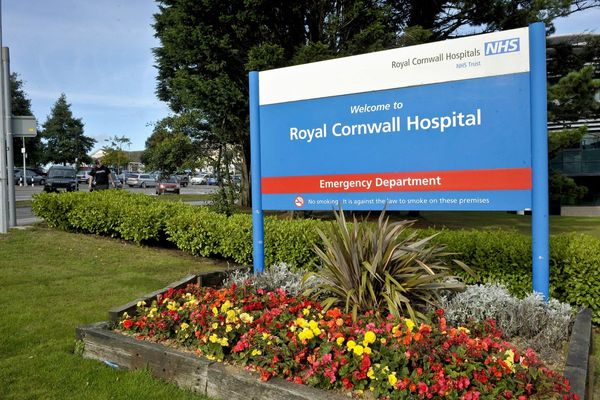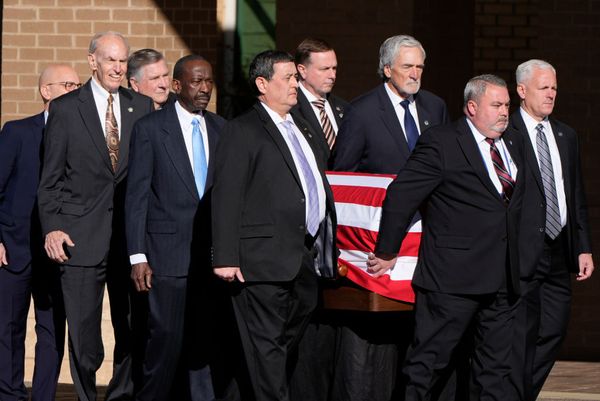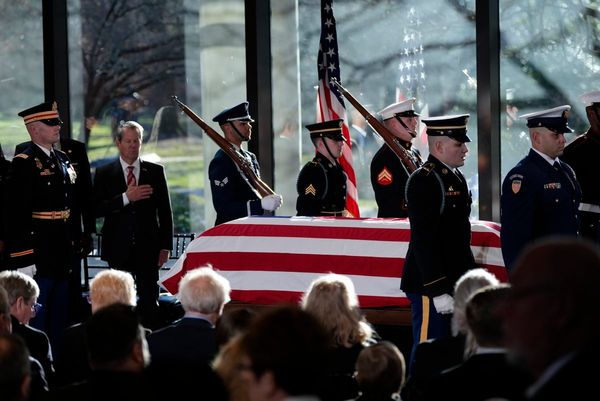
It’s not often that Canadians have to apologise for their country. I’ve travelled the world reporting on conflict and human rights and am always greeted positively when I say I’m Canadian. “It is a beautiful country,” I am told. “Your country cares for its citizens.” In Canada, people make sympathetic noises when I retell whatever tragic story I have been working on. “We are so lucky to live in Canada,” they say.
Canadians like the idea of a “good” country full of “good” people. There’s even a name for it: “the angel complex”. Look at all the immigrants and refugees we welcome here, goes the doctrine – we’re not like those American racists, or those European xenophobes. Canada see itself as proudly multicultural, tolerant, peace-loving and polite. A beacon of light to the world.
Except for the 5% of the population who were here first. For the Indigenous people of this land, the country’s existence has been the cause of centuries of suffering so severe that human rights tribunals have labelled it genocide.

It is dangerous to believe your own hype, to be convinced that you are the “good guys”. Since 1980, 2,000-4,000 Indigenous women have gone missing in Canada – disappearances rarely taken seriously by the police. The final report of the National Inquiry into Missing and Murdered Indigenous Women and Girls came to the “inescapable conclusion” that Canada, from its precolonial past until today, had aimed to “destroy Indigenous people”.
The 2019 report explained how Canada’s policies qualified as genocide. What followed its publication was not a countrywide acknowledgment or a day of remembrance but quibbling among the chattering class about what really constituted genocide: Rwanda, Auschwitz – those were genocides! There was talk, too, of how damaging the term genocide would be to Canada’s international reputation. We’re mostly good, why let our actions over the past 200 years get in the way?
In 2015, four years before that report on the missing women, Canada’s Truth and Reconciliation Commission (TRC) completed its work. This had been a mammoth undertaking that included taking testimony from more than 6,500 survivors of the residential school system – obligatory boarding schools that the Canadian government paid Christian churches to run. Indigenous children were forced to attend. They were malnourished, often sexually and physically abused, and used as guinea pigs for medical experiments. After years of painstaking investigation the commission came up with 94 calls to action for the Canadian government. Until a few weeks ago the government had completed only 10 of those.
Last month, when the remains of 215 missing Indigenous children were found in unmarked graves at the site of a residential school near Kamloops, British Columbia, Canada’s dirty secret was exposed to the world. Thousands of Indigenous children had been going missing for almost two centuries: why did it take so long for them to be found? Every one was someone’s child, stolen from their parents, brutalised, neglected and buried in an unmarked grave. Parents and family members of those children had been saying for years that there were grave sites around the school. It took so long because no one who could do something believed them or cared.
Last week 751 more unmarked graves were found at the site of the Marieval Indian Residential school in Saskatchewan, which operated until 1997. That leaves 137 more residential school grounds to examine. It is fair to extrapolate that many more unmarked graves of children will be found. Yet the desire for obfuscation and denial is still strong. In a tweet after the Kamloops discovery, the prime minister, Justin Trudeau, referred to residential schools as “a dark chapter”, as if it was something long in the past.
Seven generations of Indigenous people passed through those “schools”. They were created to “take the Indian out of the child”, in the words of Canada’s first prime minister, John A Macdonald, to force assimilation through loss of language and culture.
The stories of the reality of life for children at these schools, as recounted in the TRC’s four volumes, including 6,500 testimonies of child survivors, contain horrors on an unbelievable scale. One man speaks of being raped so many times by the priest in charge that he hurled himself in front of a huge log being rolled downhill, breaking multiple bones to ensure he would be taken away.

Children frequently died trying to escape; some drowned, others were found frozen by the roadside. One girl made pregnant by yet another rapist priest was told her baby had been thrown in a furnace. Even the lucky child who escaped physical or sexual abuse would have been separated from their parents indefinitely, had their culture denigrated and their hair cut off, forbidden to speak their own language, given a number instead of a name, been underfed, ill-clothed and called racist names.
In the last month there has been a flurry of activity by a government suddenly eager to act. The calls to action made by the TRC in 2015 are suddenly top of the agenda. Why did it take the discovery of the children’s remains for Canada to finally believe that it committed genocide?
Violence and torture on this scale reminds me of reporting on life in Cambodia under Pol Pot. It has all the elements of the worst things I’ve seen anywhere – hunger, displacement, kidnapping, rape, disappearance, unmarked graves, genocide.
It is time for Canada to remove its halo and look in the mirror. It can no longer fall to the survivors of Canada’s genocide to educate us, to prove they suffered. If there is to be true reconciliation in Canada, these stories must be carried by all of us. The Kamloops unmarked graves make it impossible to say that we did not know.
Tara Sutton is a Canadian journalist and film-maker whose work in conflict zones has received many awards
• This article was amended on 29 June 2021 to correct the spelling of John A Macdonald.







